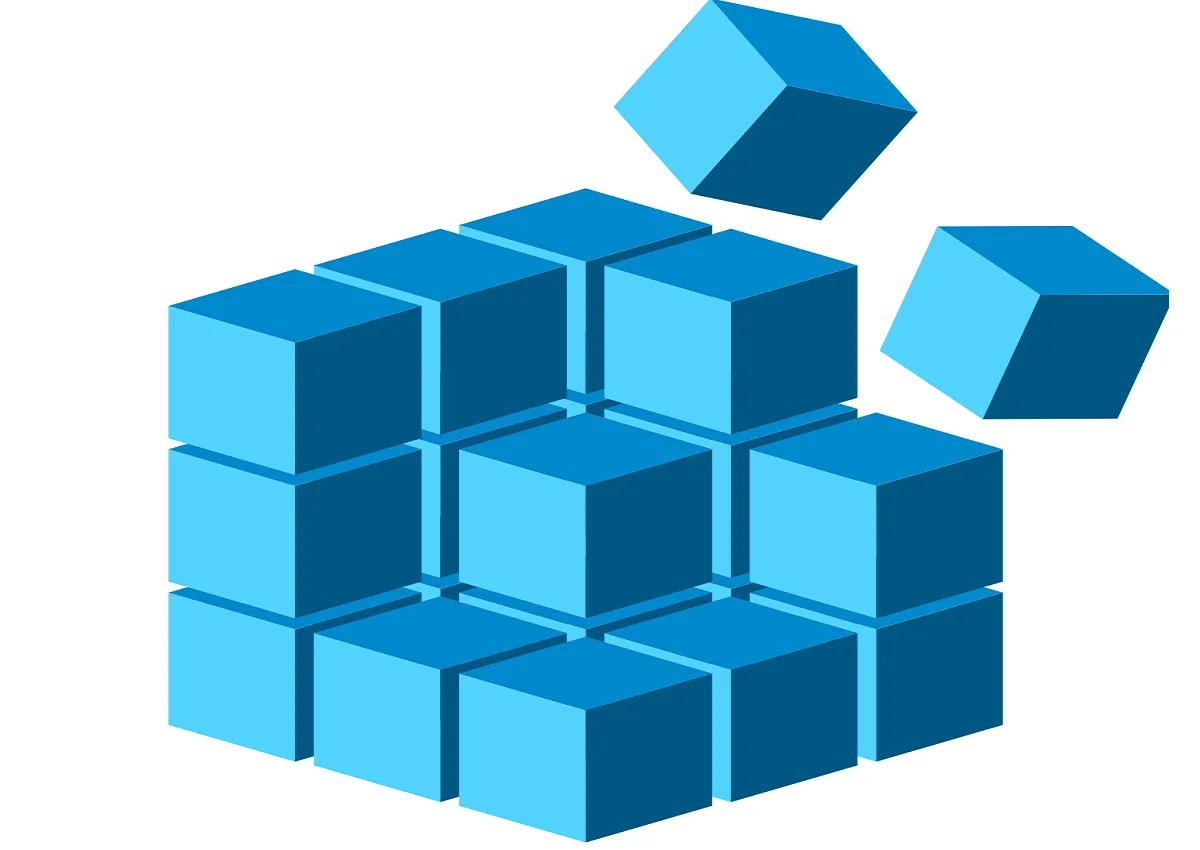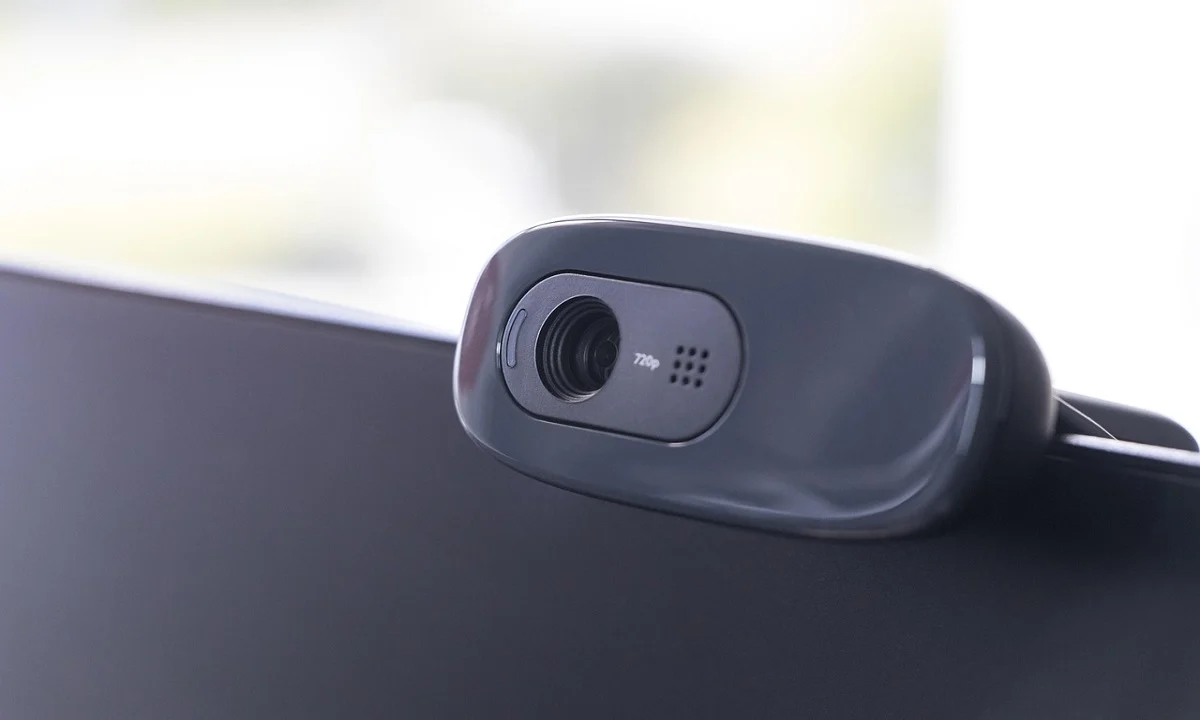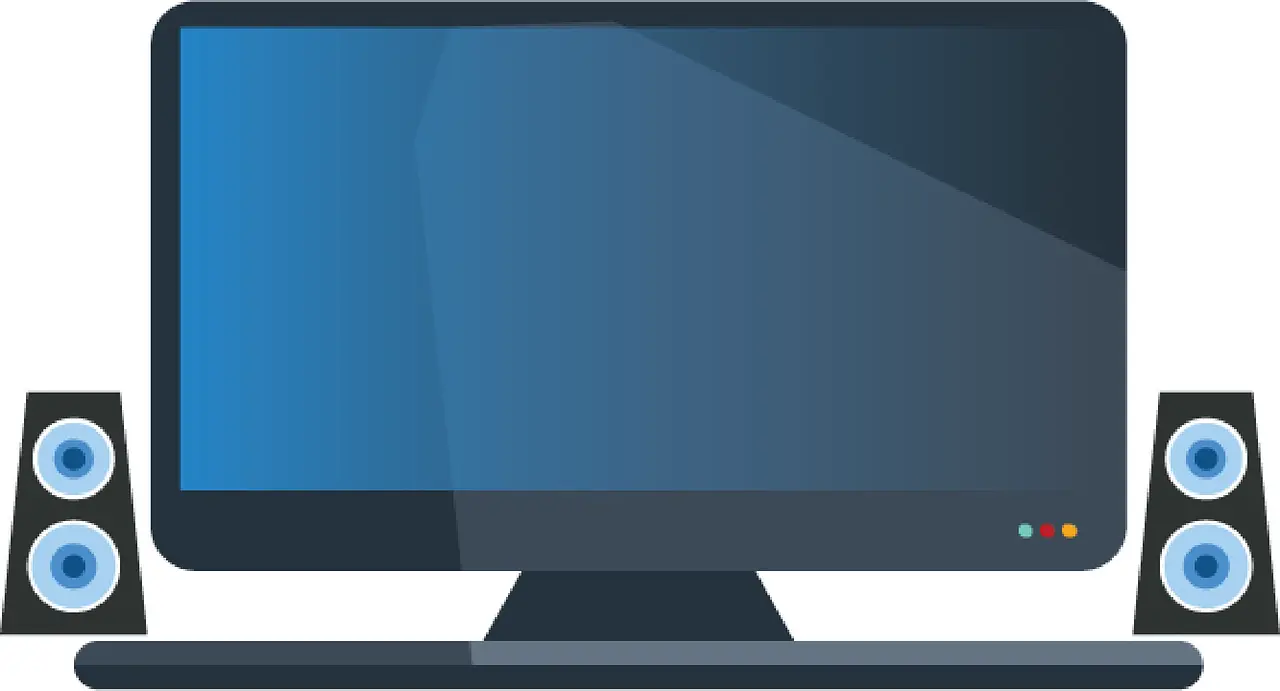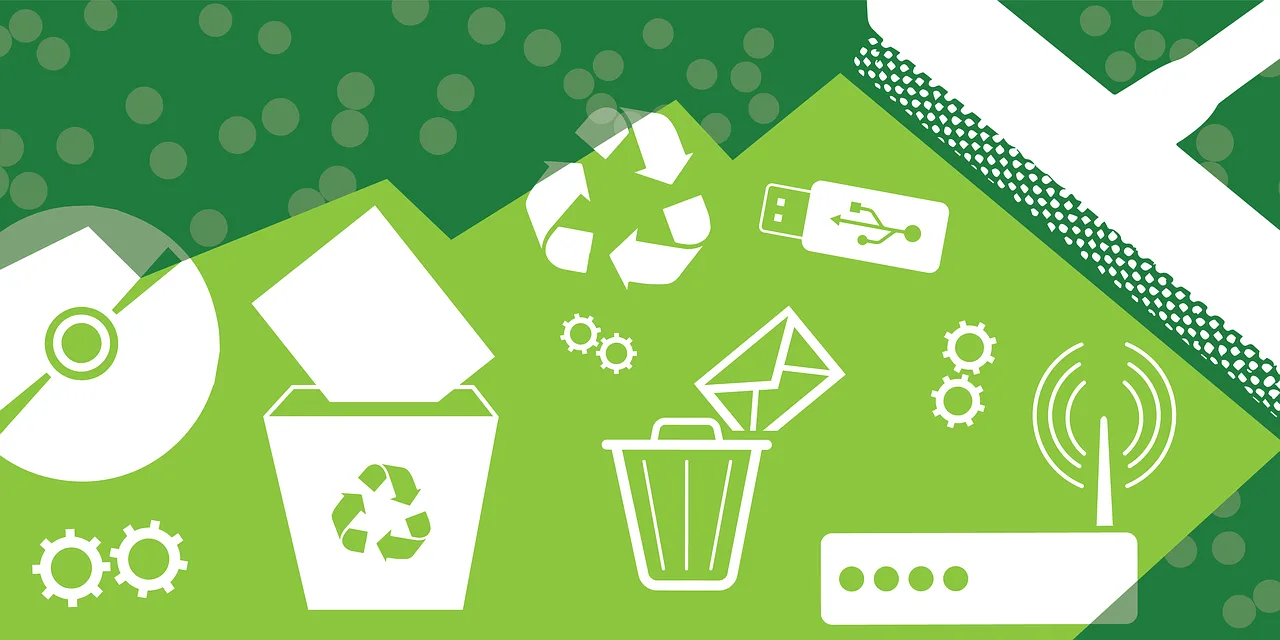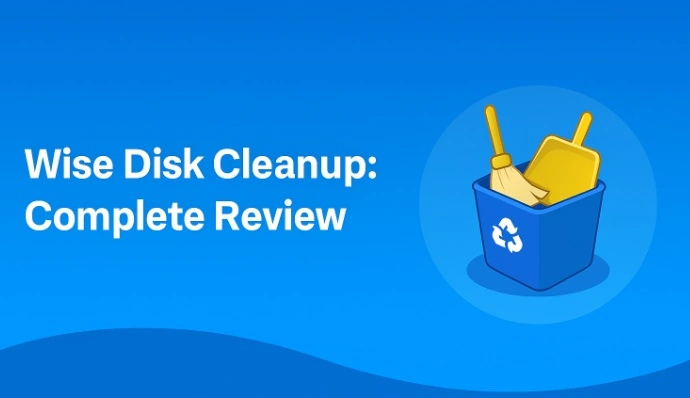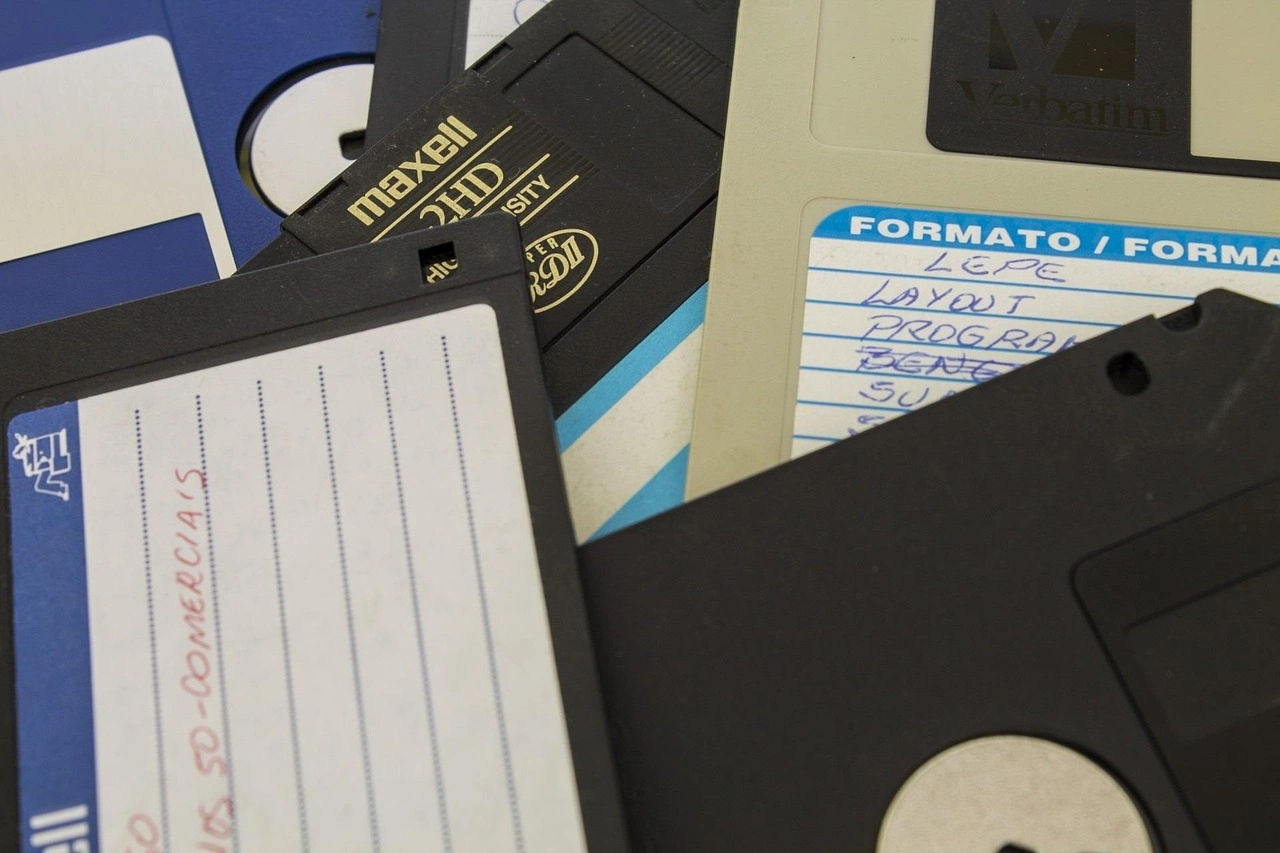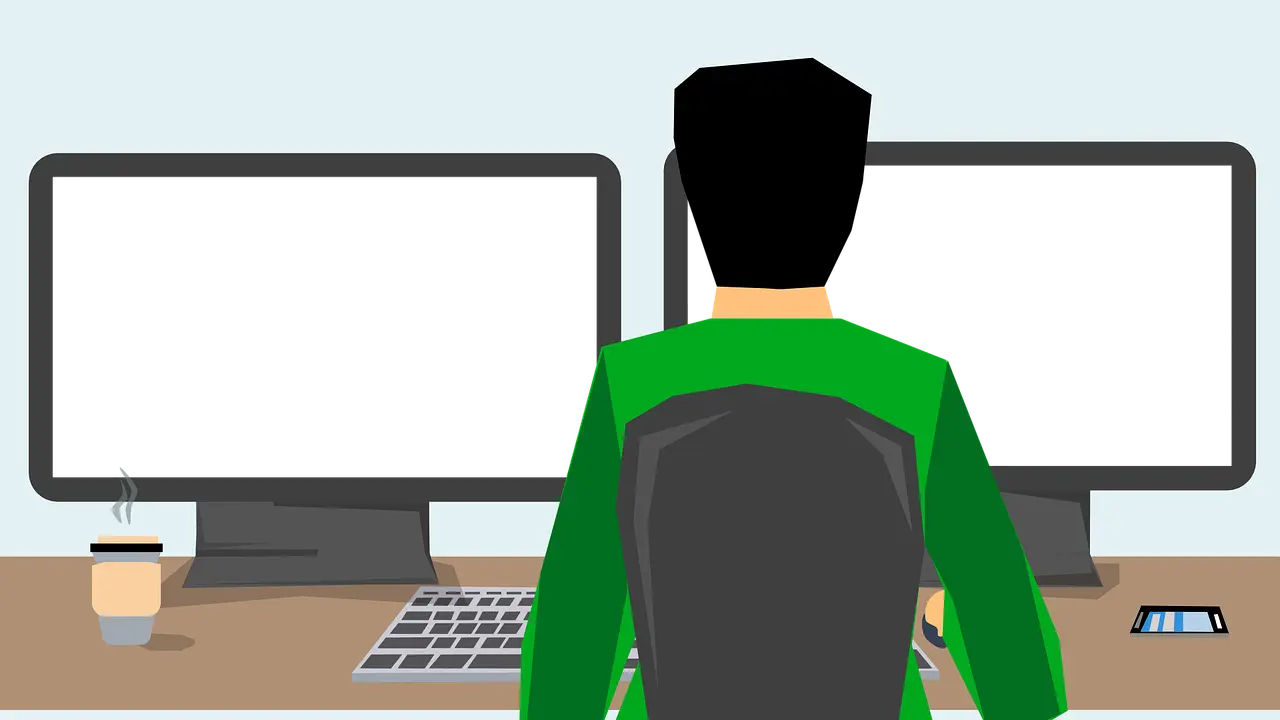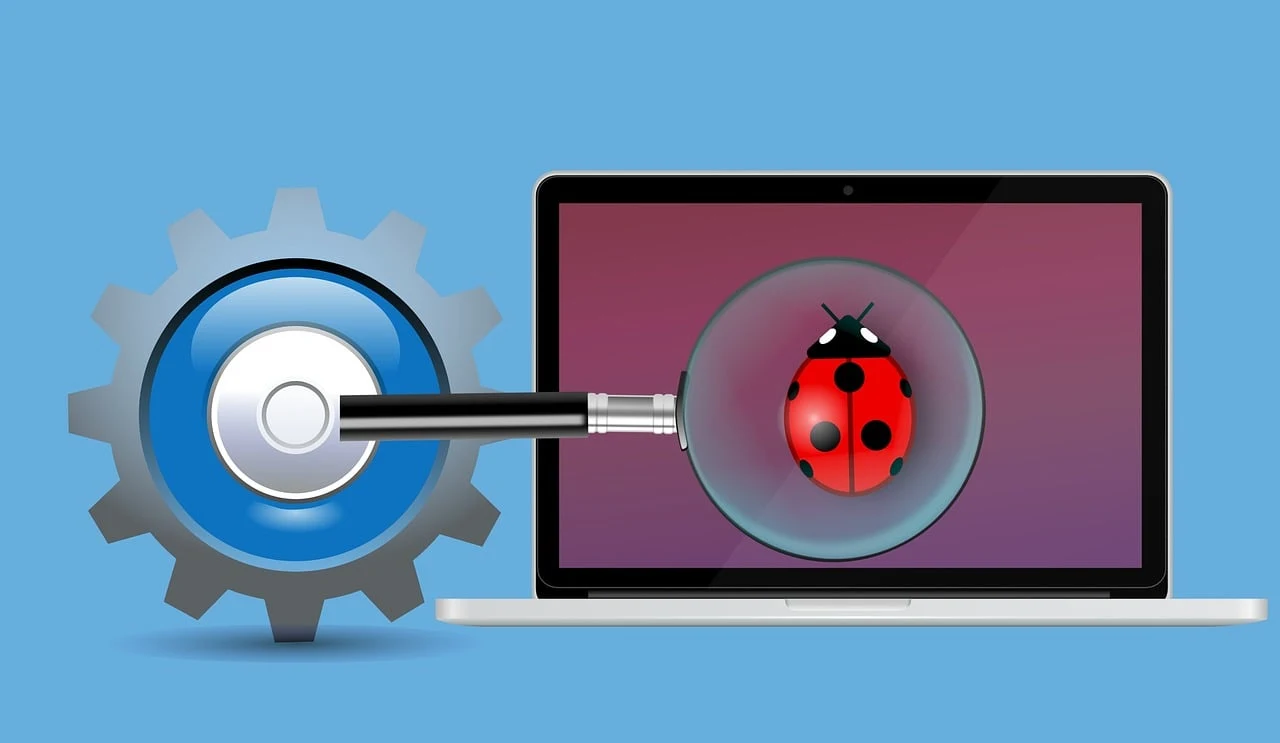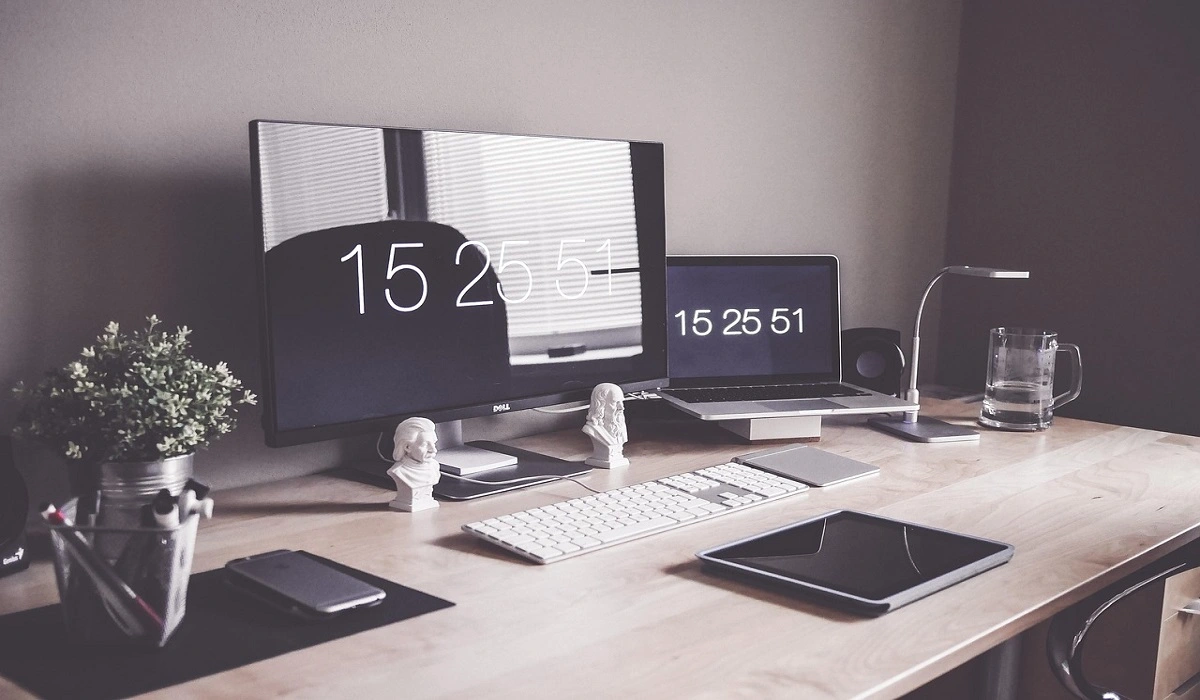How To Clean Monitor of Your Computer At Home [ Quick Guide]
Keeping your PC monitor clean is crucial. Dust, fingerprints, and smudges can accumulate over time, affecting your screen’s clarity. A clean monitor not only improves your viewing experience but also helps your device last longer. In this article, we’ll walk you through the steps to clean your monitor. You’ll find out about the supplies you need and the best techniques.
We’ll also share tips to help keep your monitor clean for longer. So, let’s get started!
A clean PC monitor can make a world of difference. It ensures you see everything clearly, whether you’re working or watching videos. Follow our guide to keep your monitor looking brand new. We’ll cover each step in detail to ensure you can clean your monitor safely and effectively.
We’ll also provide useful tips and answer common questions. This will help you avoid mistakes and keep your monitor in top condition. By the end of this article, you’ll know how to maintain a spotless screen. Let’s dive into the steps to clean your PC monitor!
Getting Started: Gather Your Supplies to Clean PC Monitor
Before you start cleaning your monitor, make sure you have the following supplies ready:
- A soft microfiber cloth: This type of cloth is gentle on the screen and won’t scratch the surface.
- Distilled water: It’s free from impurities and won’t leave any residue on your screen.
- Isopropyl alcohol (optional): Use this for tougher smudges. Make sure it’s a 50/50 mix with distilled water.
- A spray bottle: This will help you apply the cleaning solution to the cloth.
Having these supplies on hand ensures that you can clean PC monitor safely and effectively. Avoid using rough cloths, paper towels, or tap water, as they can damage your screen. Once you have your supplies ready, you’re all set to proceed with the cleaning process.
Recommended Articles:
How To Clean Temp Files In Windows 11/10
How to Clean PC Monitor: Ste-by-Step Guide
Cleaning your PC monitor is essential for maintaining a clear and vibrant display. Dust, fingerprints, and smudges can accumulate over time, reducing the quality of your screen.
Let’s get started and learn how to clean PC monitor:
Power Off Your Monitor

The first step is to turn off your monitor and unplug it from the power source. This is important for safety and prevents any streaks from forming while you clean. Always make sure your monitor is completely powered down before starting the cleaning process.
Dust the Monitor
Using the microfiber cloth, gently dust the surface of the screen. This removes any loose particles that can scratch the screen during cleaning. Be gentle!
Prepare a Cleaning Solution

If your monitor is very dirty, you can mix equal parts of distilled water and isopropyl alcohol to make a cleaning solution. Pour it into a spray bottle. Avoid using tap water as it may leave residue on the screen.
Apply the Solution to the Cloth
Spray the cleaning solution onto the cloth, not directly onto the monitor. Spraying directly onto the screen can cause liquid to seep into the monitor, potentially damaging the electronics.
Wipe the Monitor

Gently wipe the monitor using the damp cloth. Move in a circular motion, starting from the center and working your way outward. Ensure you cover the entire screen surface. Avoid applying too much pressure.
Clean the Frame
Remember to clean the monitor’s frame as well. Use the same cloth to wipe it down, applying a bit more pressure if necessary.
Dry the Screen

Allow the screen to air dry. Do not use a paper towel or rough cloth as this can scratch the surface. If necessary, use a dry microfiber cloth to gently dry the screen.
Plug In and Power On
Once the monitor is dry, plug it back in and turn it on. Check for any missed spots and gently wipe them again if needed.
Tips to Keep Your Monitor Clean
Keeping your monitor clean helps maintain its clarity and prolongs its lifespan. Here are some handy tips to keep it spotless:
- Avoid Touching the Screen: Keep your fingers off the monitor to prevent smudges and fingerprints. If you need to point something out, use a pointer or simply describe it.
- Keep Your Workspace Clean: A tidy workspace reduces the amount of dust and debris that can settle on your monitor. Regularly dust your desk and surroundings.
- Use a Screen Protector: A screen protector can shield your monitor from scratches, dust, and smudges. It’s easier to clean and replace a protector than the actual screen.
- Regular Dusting: Dust your monitor once a week using a soft microfiber cloth. This prevents dust from accumulating and becoming harder to remove.
- Proper Cleaning Solution: Use a gentle cleaning solution made of distilled water and isopropyl alcohol. Avoid harsh chemicals!
- Clean the Frame: Don’t forget to clean the monitor frame. It can collect dust and grime just like the screen.
- Air Dry: Allow the screen to air dry after cleaning to avoid streaks and watermarks. If necessary, use a dry microfiber cloth to gently pat it dry.
By following these tips, you can keep your PC monitor in excellent condition and enjoy a clear, vibrant display. Regular maintenance ensures optimal performance and a longer lifespan for your screen.
Conclusion
Cleaning your PC monitor is a simple yet important task that can greatly enhance your viewing experience. By following the steps outlined in this guide, you can ensure that your monitor remains clean and clear. Regular maintenance not only improves the quality of the display but also prolongs the life of your screen. Remember to use the right supplies and be gentle while cleaning to avoid any damage. With a clean PC monitor, you can enjoy a crisp and vibrant display every time you use your computer.
By keeping your monitor clean, you’re investing in the longevity and performance of your device.
FAQs:
Q: Can I use regular tap water to clean my monitor?
It’s best to use distilled water instead of tap water. Tap water contains minerals and impurities that can leave streaks or residue on your monitor. These residues can be difficult to remove and may affect the clarity of your screen. Distilled water is free from these impurities and ensures a cleaner, streak-free surface.
Q: Is it safe to use cleaning solutions that contain ammonia?
No, you should avoid using cleaning solutions that contain ammonia or other harsh chemicals. These substances can damage the anti-reflective coating on your monitor and cause discoloration or other permanent damage. Always opt for a gentle cleaning solution made from distilled water and isopropyl alcohol, which is safe for your monitor’s surface.
Q: How often should I clean my monitor?
For optimal screen clarity and longevity, you should dust your monitor with a microfiber cloth once a week. This routine maintenance helps to prevent the build-up of dust and smudges. For a deeper clean, you should follow the steps outlined in this guide once a month. Regular cleaning ensures that your monitor remains in excellent condition and provides a clear display.
Q: Can I use paper towels to clean my monitor?
No, you should never use paper towels to clean your monitor. Paper towels are abrasive and can scratch the delicate surface of your screen. They may also leave behind lint and small fibers. Instead, use a soft microfiber cloth, which is designed to clean delicate surfaces without causing any damage or leaving residue.
Popular Post
Recent Post
How to Clean Your Windows Registry (Safe Methods)
Learn safe ways to clean Windows registry entries using built-in tools, backups, and trusted cleaners. Follow simple steps, avoid risks, and keep your system fast and stable.
How to Clean a Laptop Webcam Lens Without Damage
Learn how to clean a Laptop Webcam Lens with simple steps, safety tips, and advanced methods to keep your webcam clear, sharp, and ready for video calls or recordings.
How To Clean the Speakers of Your PC or Laptop
A clear and simple guide on how to clean speakers of a PC or laptop with safe steps, precautions, and advanced care tips that help restore bright and steady sound.
PC Cleaning Tips For Beginners and Advanced Users
A complete guide that explains simple cleaning methods, safety steps, airflow care, and advanced maintenance habits for beginners and skilled users.
Wise Disk Cleanup: Complete Review
Wise Disk Cleanup review: Learn how this free tool removes junk files, frees disk space, and improves PC performance.
Disk Cleanup This PC: A Complete Guide
Learn how to run Disk Cleanup on this PC with our complete guide. Free up storage space, speed up your computer, and keep Windows running smoothly with easy steps.
How to Reset Windows 11: Complete Guide
Learn how to reset Windows 11 in clear steps. This complete guide explains precautions, methods, tips, and answers to common questions to help you reset your system safely.
How to Debloat Windows 11: Complete Guide [2026]
Learn how to debloat Windows 11 with simple steps. Remove extra apps, reduce background load, and speed up your PC using safe and clear methods for better performance.
Computer Cleaning Habits You Must Follow
Learn simple computer cleaning habits that keep your device fast and healthy. Follow steps for file cleanup, dust removal, updates, and security in one clear guide.
How to Clean a Browser on a Windows PC: Chrome, Mozilla, Opera, Edge.
Learn how to clean your browser on a Windows PC for Chrome, Mozilla Firefox, Opera, and Edge. Improve speed, remove old data, and keep your system running smoothly.

